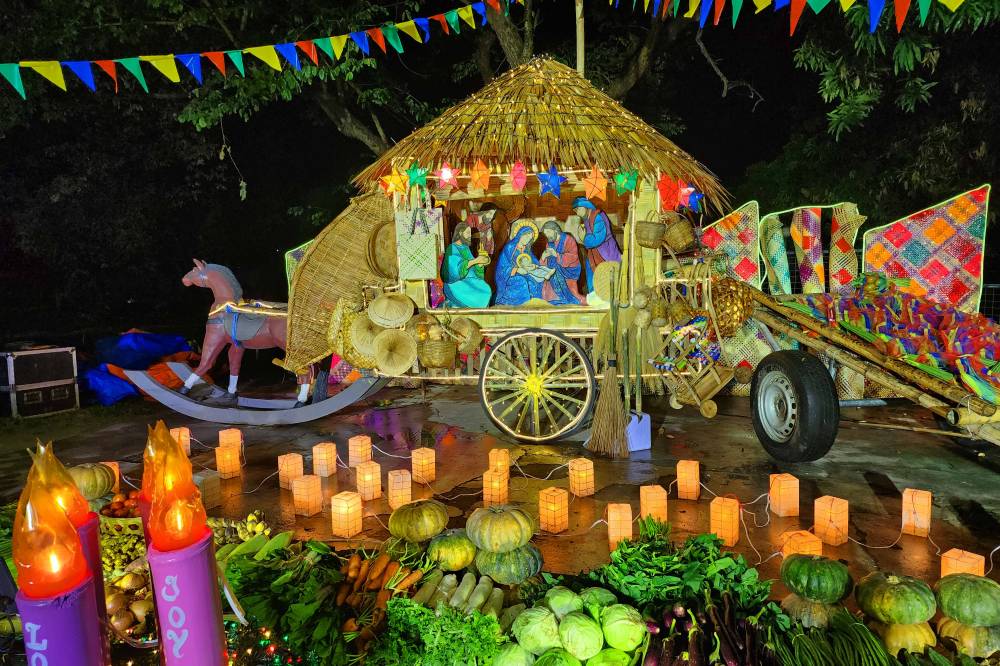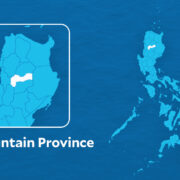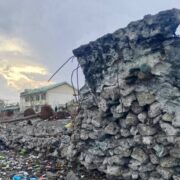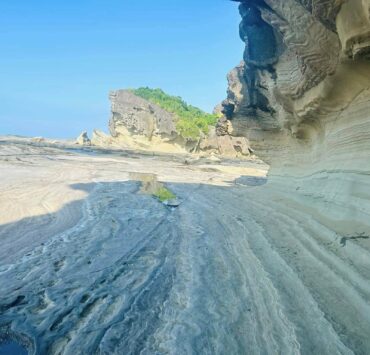Tarlac’s Christmas glow returns through ‘Belenismo’

TARLAC CITY—There’s a familiar glow that returns to Tarlac each Christmas. One by one, they light up the night. And this year, Roman coliseums, windmills, and forests of bamboo were transformed into colorful tributes to the Holy Family to continue the annual tradition.
With the province celebrating the 18th edition of the festival called “Belenismo sa Tarlac,” 52 participating “belen” illuminate the province’s main thoroughfares and open spaces.
Began in 2007 by Tarlac Heritage Foundation cofounders Isabel Cojuangco-Suntay and Dr. Isa Suntay, the festival has grown into a nationally recognized event.
Over the years, Belenismo sa Tarlac has earned accreditation from the Department of Tourism and membership in the Federación Española de Belenistas.
This year’s entries include 12 monumental belen, three nongrand municipal belen, seven church displays, 10 grand municipal entries, and 20 community belen that bring to life richly imagined nativity scenes starting Nov. 4 until Jan. 6.
‘Pamana’
In Moncada town, the diorama titled “Pamana ng Moncada” (Legacy of Moncada) features a giant locket necklace symbolizing the town’s heritage—its memories, culture, and traditions passed down through generations.
Inside the locket is the Holy Family, displayed in front of the municipal hall. The embossed structure is crafted from recycled wood, painted metals, and bamboo, reflecting the town’s commitment to environmental stewardship. Its backdrop is made of basket and vegetable crates, while its base features oversized metal flowers and leaves.
At Camp Servillano Aquino in San Miguel town, the Armed Forces of the Philippines draws attention with a vibrant windmill symbolizing progress, transformation, perseverance, and resilience.
Built from bamboo, plastic bottles, nets, steel bars, and other repurposed materials from last year’s lighthouse belen, the piece embodies the AFP’s promise of peace and steadfast service to the nation.
Barangay Estrada features three adjacent belen: the Armor (Pambato) Division, CYG2 and KR8tive Garage.
The village’s entry features a massive butterfly hovering above a tank, symbolizing hope, rebirth, and transformation—aligned with the division’s role under the Department of National Defense’s Comprehensive Archipelagic Defense Concept.
The butterfly is crafted from discarded mosquito nets and fishing nets, with one wing made from painted plastic bottles and the other from colorful cellophane. Anahaw leaves and dried corn husks complete the design.
This belen evokes the beauty of Palawan through a pair of Palawan peacock-pheasants (Polyplectron napoleonis) crafted from last year’s materials. The Holy Family rests beneath the birds, while vibrant plastic bottles above create the illusion of colorful leaves.
The display also serves as a reminder to protect the country’s rainforests, essential to the survival of this threatened species.
This belen celebrates the bountiful harvest of “Hardin ng Lunas,” an initiative of the Armor (Pambato) Division and Tarlac Heritage Foundation.
In Pura town, a Roman coliseum-inspired belen stands at the town plaza. Each window represents one of the town’s 16 barangays. Standing at 4.5 meter (15-feet) tall, the structure is made of Chinese bamboo, lanterns, and rattan baskets. The Three Kings are crafted from rattan and decorated with discarded balusters.
Designer Allan Nool, who has been styling Pura’s belen since 2015, said the diorama blends traditional and contemporary elements using indigenous materials. Although damaged during the recent onslaught of Supertyphoon “Uwan,” (international name: Fung-wong) the display was quickly restored.
In Paniqui town, a diorama set between massive stained-glass windows features the Holy Family atop a bamboo arrangement, framed by large metallic gold leaves.
Bamban showcases two giant parrots, symbolizing friendship and hope. One parrot houses the Holy Family, while the other displays entries from the town’s Belenismo poster-making contest.
At Our Lady of Guadalupe Parish Church, the belen titled “From the Manger to the Cross: The Greatest Act of Love” features bamboo panels, dried tree trunks, and white lanterns.
Designer Aldrin Medina said last year’s prize was used to acquire votive candle stands. Should they win again, the parish plans to purchase additional pews.
Home-inspired
San Clemente’s entry, “The Manger to the Cross: The Greatest Act of Love,” is made from painted egg trays, abaca, bamboo, mats, and old cabinets.
The nativity scene unfolds inside a traditional Filipino household. A panel depicts an old Filipino kitchen complete with a “tapayan,” bamboo tables, a clay pot, cup noodles, and a water pail. The opposite side recreates a Filipino bedroom with a “papag,” “banig,” mosquito net, an old cabinet, radio, and chair.
At the bamboo base sits the slogan “Pag-ibig sa Payapang Daigdig.” The 12-meter (39.37-feet) high belen competes under the grand municipal category.
Tourism Officer JM Modomo said the Christmas socks hanging on each side symbolize children’s faith that blessings are on their way.
“What you will see in our belen is not a grand palace or a luxurious home, but simple shanties—dwellings that seem to breathe under the weight of poverty, with rusting tin roofs and patched-up walls,” Modomo told the Inquirer.
The SM Tarlac belen, titled “Dome of Hope,” delivers a message of resilience. Made of bamboo shaped into a dome symbolizing a mother’s protective embrace, it is adorned with fabric drapes and recycled materials, with a base of wooden rattan.
The Holy Family and the Three Kings are dressed in satin, silk, and taffeta, embellished with sequins for a shimmering effect.
The Tarlac-Pangasinan-La Union Expressway (TPLEx) also joins this year’s festival.
Its diorama is surrounded by Christmas tree-like structures crafted from bamboo and rattan, representing the mountains of Tarlac and its rich cultural mosaic, including the ylang-ylang of Anao town.
At its base is the red, road-like TPLEx logo symbolizing the gateway between northern and southern Luzon—a tribute to the journeys, traditions, and communities connected through the province.

















